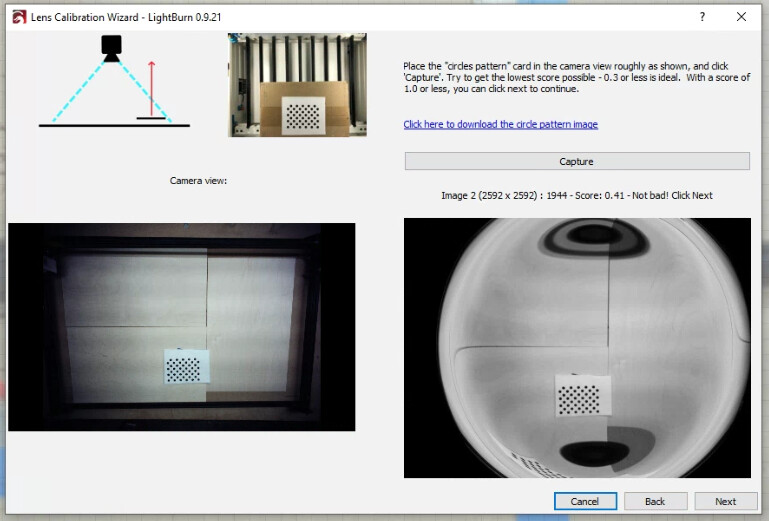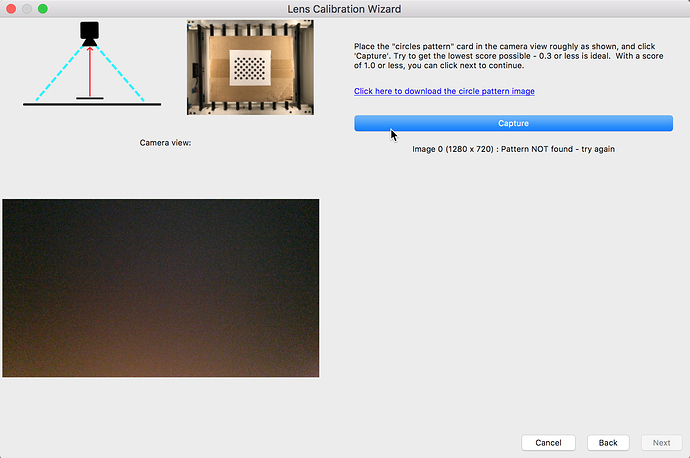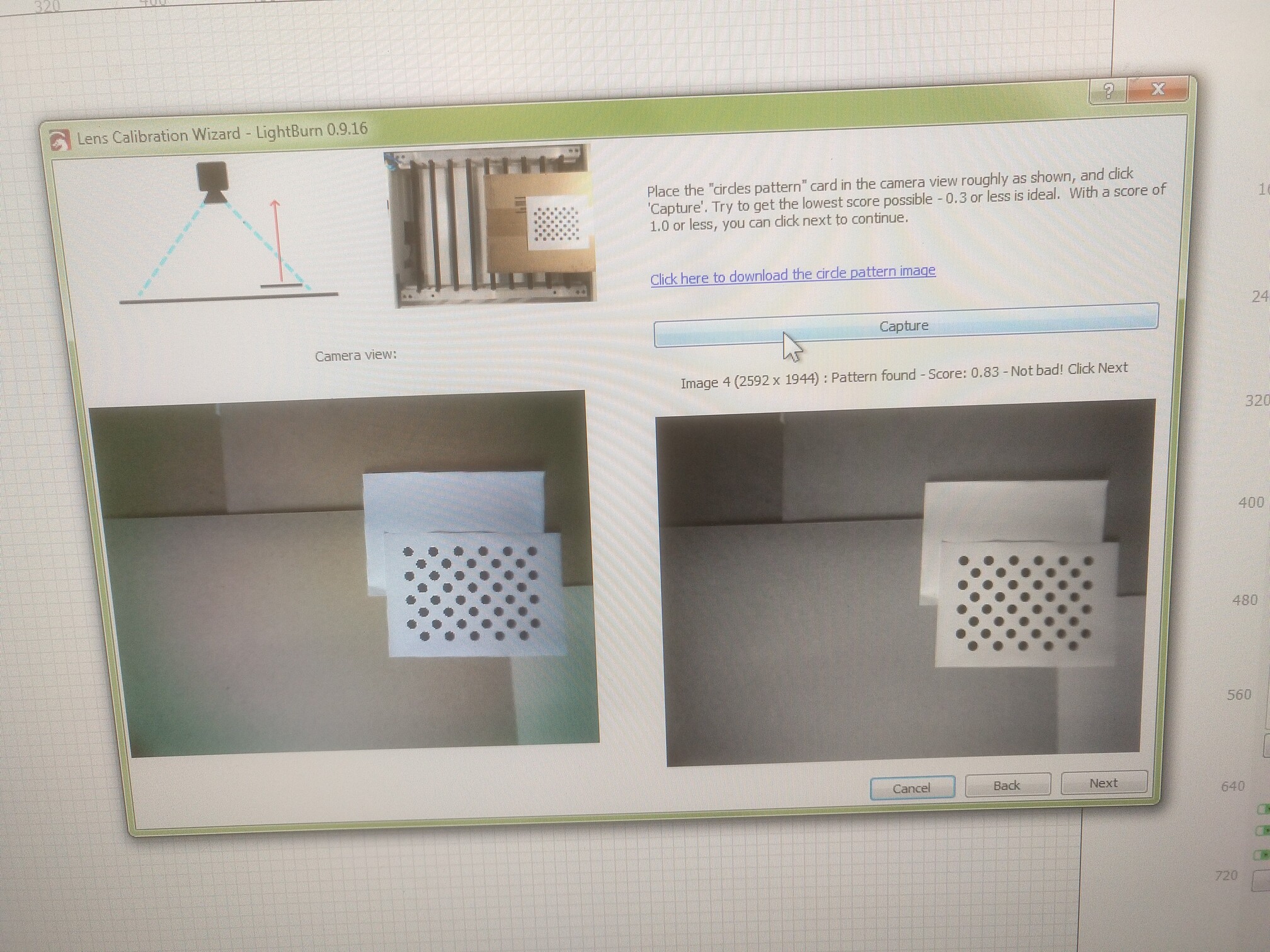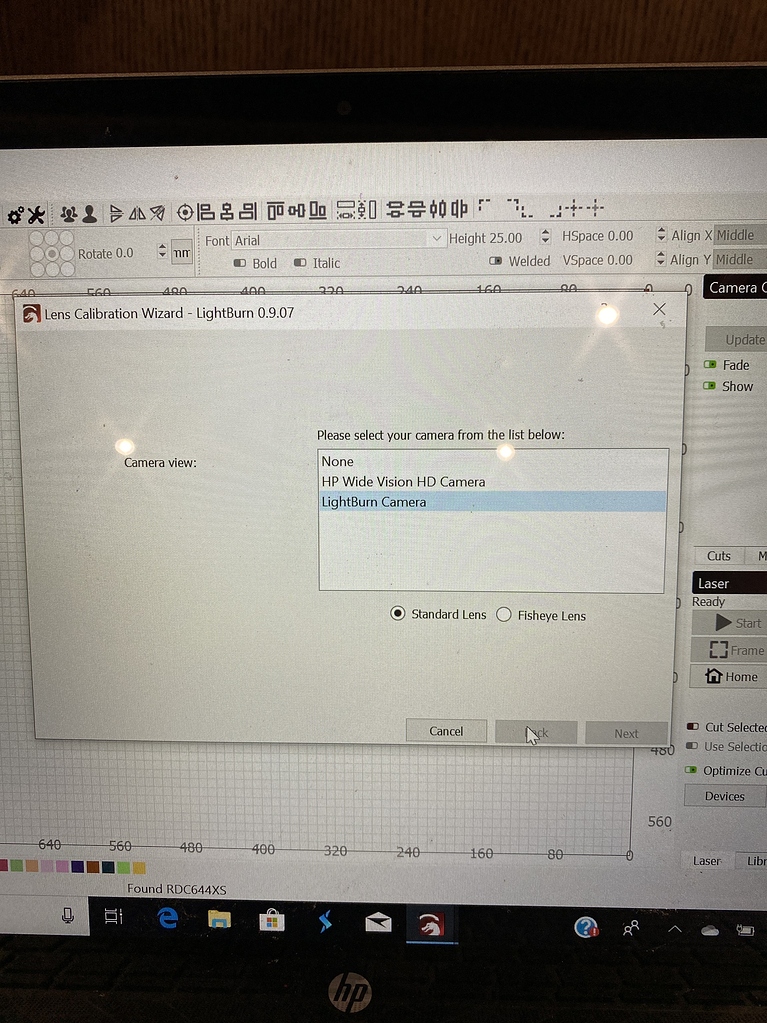

Note: The access point name you find will typically have a four-character random string at the end of the name, such as LightBurn Bridge E4B7. On your computer or a mobile device, use the WiFi settings to find the LightBurn Bridge device, and connect to it: LightBurn will open the LightBurn Bridge discovery wizard to guide you through the setup. In LightBurn, in the Devices screen, click 'LightBurn Bridge' to set it up:Ĭonnecting the LightBurn Bridge to your network ¶

If you need to change the IP address, please check out the Configuration Options, and please note the caveats to doing this, listed there. In the Ruida control panel, set the IP of your laser to this value, then connect a network cable from the controller to the Raspberry Pi, and plug in the Pi with its power adapter. The LightBurn Bridge is pre-configured to connect to a laser configured with an IP address of 10.0.3.3. We have tested the software extensively, but we do not support modifications to the hardware or firmware - if you alter the system to add functionality beyond what is covered here, or in the Advanced Guide, you’re on your own. The bridge is intended to be an appliance. But if you want to setup your own with a Raspberry Pi you already have, follow the SD card flashing instructions first. If you purchased a kit with everything included, continue below. The LightBurn Bridge is simple to configure, requires no drivers, and typically sends data 50% to 100% faster than a USB connection. The Bridge forwards the commands to the controller using a short network cable, and relays responses back to your computer. You connect to it using TCP, so the commands are reliably sent even over WIFI. It's a Raspberry Pi running software created by LightBurn to act as a relay between your PC and laser. The LightBurn Bridge overcomes all of this.


In addition, Apple's device driver for the USB connection to the Ruida has issues that often cause data loss. Many computers no longer have a network port, and running a network cable is often impractical or cumbersome. Ruida uses the UDP network protocol, which does not guarantee data transmission, and is therefore not reliable enough to use over WIFI. The LightBurn Bridge was created by LightBurn to get around some of the limitations of Ruida controllers. Primary Docs LightBurn Bridge LightBurn Bridge ¶


 0 kommentar(er)
0 kommentar(er)
